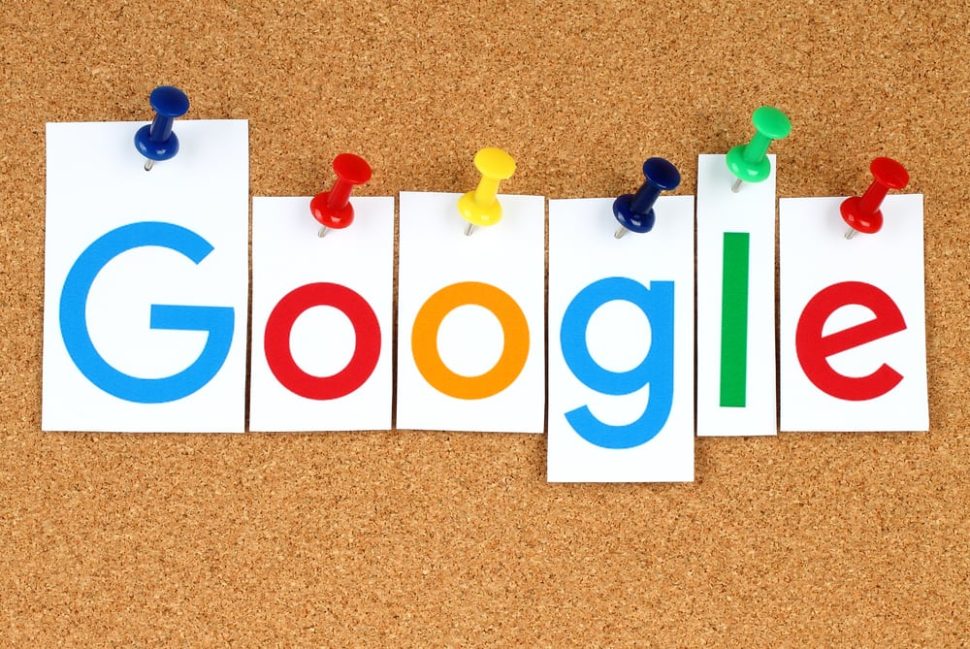Google Go is quickly taking over the fledgling markets of India and Indonesia with its lightweight and accessible features, although not without some growing pains.
The Google Go search app currently functions in Indonesia and India in an effort to corner the “next billion” in the market of internet users.
After all, India does have the second largest population worldwide of internet users.
So, Google added a key new feature to the Google Go search app this year.

Increasing Accessibility Through Text-to-Speech
You can find the app in the Google Play store with the promise to save up to 40% data in comparison to normal phone use. It also comes in at only 5 MB in size to help save space for other apps.
Not only can you switch between languages easily, you gain access to curated trending topics, as well as images and GIFs for chats.
But the newest feature involves increased accessibility for voice and websites.
While there will be changes to the Tez payment service, the new AI-powered website reading feature sparked interest this week when Google announced the changes.
Their blog post entitled “Make Google read it” outlines how Google Go will use speech synthesis AI and natural language processing to read web pages aloud in 28 separate languages. This function also works on 2G connections with minimal cellular data use.
“Using this technology, consuming long-form text becomes as easy as watching TV or listening to the radio,” the blog post posits. It goes on to extol the feature’s usefulness for multitasking or for people who want more learning tools.
This feature also represents a great boon for those with reading or visual impairments. However, the launch and opinion of the app have taken a considerable nosedive as of late.

An Initial Round of Intrusive ads Prompt bad Reviews
Curiously, this feature remains missing from the main Google search app.
Beyond this mystery, initial reviews for the new Google Go app all point to “disruptive ads” that pop up even after attempting to stop the ads from popping up and, in some cases, even after deleting the app.
It also lacks functions such as a history button and tab options. Due to the minimization of data usage, Google probably chose not to prioritize non-essential features.
Despite this, Google says that this new feature comes backed by user research in India.
With the launch of this new feature, it seems as though Google is testing it in a smaller market before a full release. Despite the poor integration of the feature into the app and the presence of intrusive ads, the underlying tech may be a promising venture for the tech giant.



















Comments (0)
Most Recent